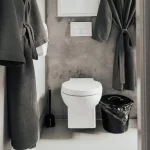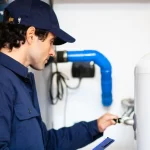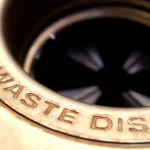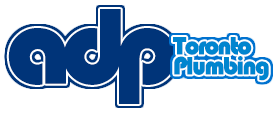With the spring rains on the way, it’s a good time to start thinking about the backwater valve installation. Long before you get the heavy downpours that cause blocked drains and backed-up sewers, get your local plumbing services to come around and do a camera inspection, service your hot water heater and install the necessary equipment to avoid water damage this year.
Who Needs One?
Most new homes built in Toronto have all the necessary valves and protections installed at the time of building. If you live in a condo you certainly don’t need to worry. If you’re in a home more than a few years old, however, you may not have one, and if you haven’t experienced flooding to date then you’ve just been very lucky. Basement flooding is endemic in the City, and contractors offering plumbing services are very busy every spring dealing with the fallout.
How Does It Work?
A backwater valve (also referred to informally as a sewer backup valve, sewer backflow preventer, and backflow valve) is a mechanism installed to prevent flooded municipal sewers and drains from backing up into your home. Even if the water (which possibly contains sewage) rises above the level of the drainage pipes, it only allows flow in one direction. This stops it from re-entering your home via outlets such as your sinks, showers, toilets and laundry tubs.
Does It Need a Sump Pump As Well?
Stopping the water from getting back into your house is only the first part of the battle. Getting rid of the excess water is the second part because unless you provide another outlet for backed up floodwaters it’s likely to collect in pools around the foundations of your home. That can not only cause the flooding you were trying to prevent but also result in damage to your foundations.
A sump pump installation helps to disperse the water, in the absence of another method of drainage. Not every application requires both pieces of equipment, but in many cases, that’s what is advised. The sump pump shifts the accumulated water from its location near the valve to a safe dispersal point, either on your property (such as your lawn where it can be absorbed) or directly into the City’s main drainage system.
Will I Need to Maintain It?
Backwater valve installations require very little in the way of maintenance, but it’s always good to have them inspected annually to make sure all the parts are moving freely and nothing is blocking its functioning. You might also need to clean out the valve periodically to avoid the collection of debris inside. This will maintain the integrity of the valve and keep it operating adequately.
What Will It Cost?
The cost of fitting a backwater valve depends on several factors, including whether it’s retro-fitted or not:
- the location of your home’s sewer line
- whether excavation is needed to access the location
- if you need a sump pump or pit as well as the valve, and
- whether you qualify for the City’s rebate program for installation costs
Contact your local plumbing services to evaluate your situation and provide you with a comprehensive estimate of the costs involved.






